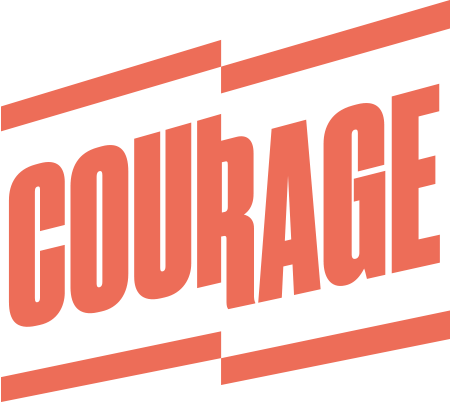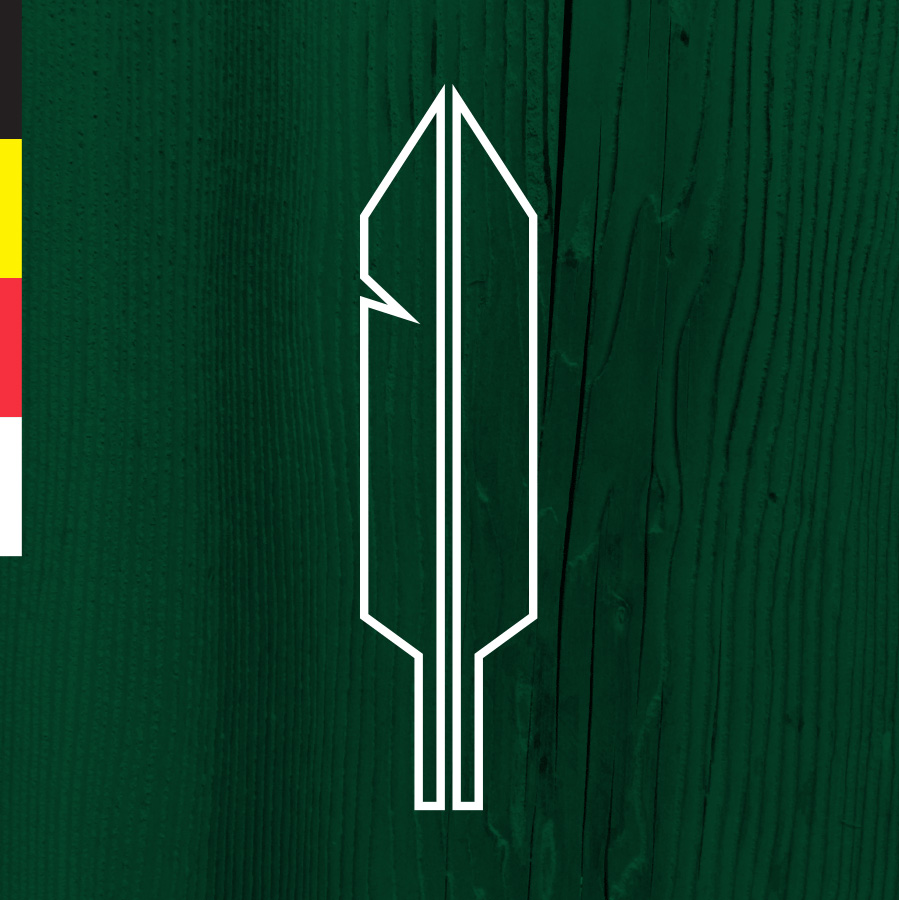Indigenous Land Rights
Toward real nation-to-nation relationships
Canada’s government has used words like “nation-to-nation relationship” and “reconciliation” with regard to Indigenous nations. However, the government has continued the same colonial policies as its predecessors, albeit with a change in rhetoric. Recently, Canada’s policies have earned it condemnation from the United Nations Committee on the Elimination of Racial Discrimination (CERD).
A true nation-to-nation relationship requires Canada to completely rethink its approach to how decisions are made about land, and who controls it. Though much of the country is governed by treaties, and much more land is unceded, Indigenous nations control a mere 0.2% of Canada’s land mass. We arrived at this result through violence and treachery. Treaties were broken, or were never intended to be honored. Lands were stolen through violence displacement of entire populations. All this was legitimized by the ridiculous story that Canada was an “empty land” – a Terra Nullius – when it was “discovered”.
Even as reconciliation has become one of the government’s top buzzwords, terra nullius remains to this day the core of its policy toward Indigenous land and who makes decisions about it. As the late Arthur Manuel put it, “the land issue must be addressed before reconciliation can begin.”
Respecting Indigenous sovereignty would benefit all people in Canada. It’s our best chance for committed long-term environmental stewardship of the vast lands within Canada’s borders, and the best way to ensure that long-term economic development respects ecological limits while protecting and expanding the value of interconnected watersheds, human systems, and plant and animal life.
Making fundamental changes to Canada’s approach to Indigenous land rights – as outlined below – would bring government policy in line with these stated values, and the treaties and alliances to which the country owes its existence.
Many non-Indigenous people in Canada are only now beginning to understand the violence of Canada’s colonial policies, as residential schools, Missing and Murdered Indigenous Women and Girls, the Sixties Scoop, the Millenial Scoop, and other injustices become more widely understood. As parts of our history become more widely known, we run the risk of becoming satisfied with only a partial understanding of what happened.
Colonialism was always about land
These injustices were not the result of mistakes or outdated thinking. Instead, these and other violent actions by the Canadian state, corporate interests and settlers themselves were part of a coordinated assault on the relationship between Indigenous peoples and the land.
In many Indigenous nations, culture, way of life, and identity are inseparable from the land. One cannot exist without the other. It’s actually remarkable to have a large population separated from its relationship with the land. In many European cultures where settlers come from, centuries of unspeakable violence were required to separate people from land. From enclosures to witch burnings, many European-descended people living in Canada are still living with the legacy of that violence, which is embedded in settler values.
The belief that land is a commodity to be owned and exploited is deeply embedded in the culture and language of Canada’s settler population. By actively attacking Indigenous nations’ relationship to the land, settler governments and corporations have attempted to destroy the basis of culture, identity, and governances for entire peoples. Stopping these attacks, unlearning the values that drive them, and understanding the violence that created those values is part of settler Canada’s path to decolonization.
Colonialism at its core is about erasing Indigenous nations’ sovereignty over their lands.
Canada doesn’t follow its own rules
Canada’s corporations continue to acquire billions in profits from colonial policies. From Hudson’s Bay Company to Inco, from Barrick Gold to Syncrude, colonial violence has been directly and indirectly sanctioned by the Government of Canada to weaken and divide Indigenous peoples so that corporations can generate profits from land without concern for the well-being of the people who live on it.
In both Treaty and Unceded territories, when Indigenous people stand up for their rights, they are forced to fight in court, in many cases spending millions on legal fees (while the Canadian government hires battalions of lawyers with taxpayer dollars to fight them), as appeals drag on for ten years or more. (If a court challenge is lost, First Nations sometimes must pay the legal fees of their opponents). These costs divert resources from social services in the essential fight to make the Canadian government respect its own laws.
When communities take action to prevent the government from breaking its own laws, the result is often overt violence from the police or even the army.
Every Indigenous community experiences some form of structural violence, whether it be chronic underfunding of education (children on reserves receive 30% less funding on average), denial of access to healthcare, racist policing, or lack of access to food and housing. They’re also subject to tight control by the bureaucrats at Indigenous and Northern Affairs Canada, who can use their authority to simply take away the nation’s ability to govern itself.
Indigenous nations face impossible choices
For decades, the federal government has used these forms of structural violence as a bargaining chip. When it comes to land rights, the approach of both Conservative and Liberal governments has been to force Indigenous nations to “terminate” their claims forever.
Indigenous leaders are often faced with a horrific choice: give up their (and their future generations’) rights as a nation in exchange for funding that could help their communities escape the effects of the federal government’s violent policies. The federal government controls the rules of the game, ignores the law at will, and plays to win.
Sovereignty over land is the fundamental issue. As long as Indigenous nations are relegated to what Arthur Manuel called the “0.2% economy,” their people will remain in a state of dependence. “I found out very early,” Manuel wrote, “how futile it is to tinker with programs and services within the 0.2 per cent land base.” Land rights and true nation-to-nation relationships that reject terra nullius and the doctrine of discovery are how we break that cycle.
First steps toward real nation-to-nation relationships
The Truth and Reconciliation Commission has an extensive list of recommendations (published 2015) for how to begin to reverse the damage done to Indigenous people and nations. However, it doesn’t discuss land rights in any depth. And yet, who governs and has access to land is both at the heart of why colonization happens, and is the way we will reverse it.
The UN Declaration on the Rights of Indigenous People (passed by the General Assembly in 2007), which Canada nominally adopted in 2016, speaks directly to land rights. The UNDRIP is a very important international framework for protecting the lands, lives and cultures of Indigenous nations. However, the broad framework has been watered down by 25 years of negotiations, and does not provide any Canada-specific vision or recommendations.
Despite initially claiming to uphold UNDRIP unconditionally, Trudeau’s Liberals have, since they took power, placed conditions on its implementation. These conditions amount to an attempt to “domesticate” Indigenous people by subordinating their rights to the government’s laws and policies.
For a look at what Canada would like like if it truly respected the spirit and letter of its own laws, a robust source and foundational starting point is the Royal Commission on Aboriginal Peoples, convened by the federal government in the aftermath of what is known in colonial Canada as the Oka Crisis. It published its extensive recommendations in 1996.
Decolonizing: some first steps
While some policies were acted on (the Truth and Reconciliation Commission was originally an RCAP recommendation), many of the transformative demands have gathered dust. These include:
- Abandon terra nullius and the doctrine of discovery. The legal concept that the Canadian government’s orientation to the territory within its borders is still based on is the offensive, dehumanizing and inaccurate claim that when Europeans “discovered” Canada, that it was an “empty land”. (The Truth and Reconciliation Commission also demanded this in #46 and #49 of its “calls to action”.)
- Take responsibility for all colonial policies of the past and present. Recognizing the damage of residential schools was an important first step, but the full range of colonial policies, including significant parts of the Indian Act and the current land claims regime are ongoing.
- Replace the Indian Act with legislation that makes inherent and treaty rights of Indigenous nations the law of the land. Nations would not have to fight endless decade-long legal battle to assert their rights if the government respected them. The Indian Act protects inherent and treaty rights in limited ways, but is also the main instrument of colonial oppression. New legislation created with extensive consultation and the free, prior, and informed consent of First Nations, Métis and Inuit would expand recognition of inherent and treaty rights while dismantling colonial control.
- Move from toothless “consultations” to shared governance. On treaty lands, Indigenous nations should be integrated into decision-making about land use and equipped with veto powers, not treated as a group that can be nominally “consulted” and ignored thereafter.
- Establish, strengthen and expand Indigenous self-government. Through funding for training and other resources, the Federal government should help create the capacity to devolve social, cultural, economic, housing, health, and educational services to Indigenous governments. The commissioners make a convincing case that these investments would pay for themselves. Control of a vastly expanded land base would make self government effective in the long term.
- An immediate freeze on extraction projects that don’t have the consent of the title or treaty holders. We shouldn’t wait for any of these major policy changes to implement free, prior and informed consent using existing powers.
Implementing all of the above is not a complete answer to Canada’s legacy of colonialism or a complete reversal of its current colonial policies. It would, we believe, represent a step towards a true nation-to-nation relationship between settlers and Indigenous nations.
Art by Dustin George
» Click here to sign on to these proposals
Courage invites Indigenous people and groups to share their responses to this statement (email us at info@couragecoalition.ca), which will appear below.
Kaella-Marie Earle:
In addition, many non-Indigenous people do not understand the inherent identity crisis involved in land theft of Indigenous people. Anishnaabe amoung many other Indigenous nations have very culturally significant views on land. All beliefs are wholistic in connection with nature.
Indigenous people do not believe land can be owned and made private. The land and waters are very sacred and part of a circle of life in which people are also a part. Shkagamik kwe (Mother Earth), is the mother of all life. However Shkagamik kwe is treated is how the people are treated; however Shkagamik kwe is sick is how the people will become sick.
Indigenous people have a deep understanding that humans are made of the earth. Anishnaabe people know they are made of the earth and will go back to her when they die.
This belief leads Indigenous people to hold the land in the highest regard. The land is where the Creator can be found, where every bountiful thing is given, and where healing can be had. Every single life lesson and method of learning and teaching youth is land-based. Every plant and animal has a story, and each story has either cultural or wholistic scientific significance. Every word in many Indigenous languages has land-based significance. The Anishnaabe word for medicine, “mshkiki”, has the word “ki” in it twice. This is the word for “earth”. The word “biimadziwin”, meaning “life”, has the word “bi” in it, meaning water. “Biinojiinh” (baby) also has the word for water in it. The connection to the land in plentiful ways provides Indigenous people with cultural and personal identity.
Traditional Indigenous governance also takes root in the land and removal of land further contributes to violent colonialism. Every governmental role is related to the role and responsibilities of different animals.
Different animals in nature teach Indigenous people different things about their identity and life role, and provide a structure of family and community. The loon communicates with both land and water animals so is often the leader role. The bear is strong and patient so takes on the role of protecting and policing the people. The eagle flies the highest and so provides wisdom and insight. The clan animals as identity markers (last names) also act as supporters of biodiversity within Indigenous populations. No one marries within their clan. All within the clan are considered family and welcomed as such when travellers go through communities.
Taking the land and treating it as a reductionist commodity to be raped and sold is extremely offensive to the Indigenous people, resulting in violent genocide of Indigenous culture and identity.




